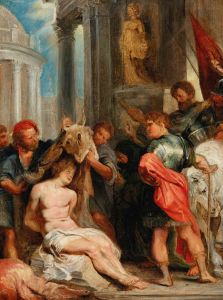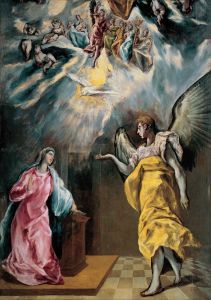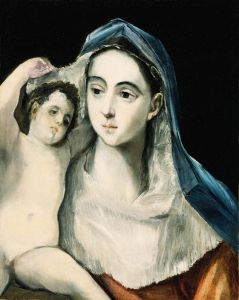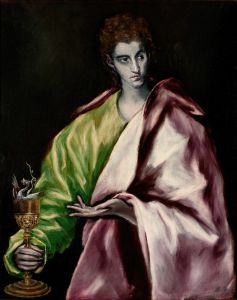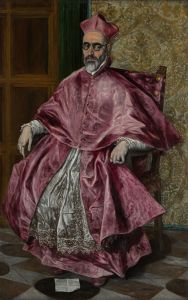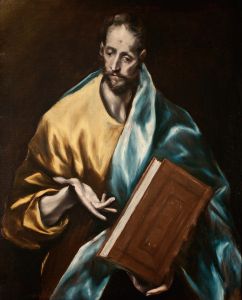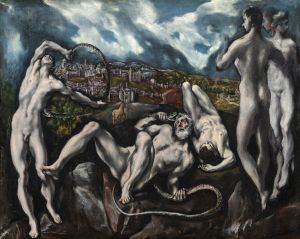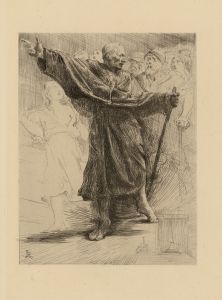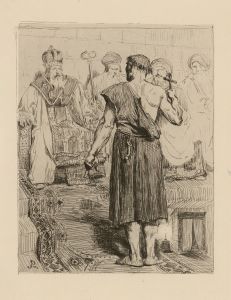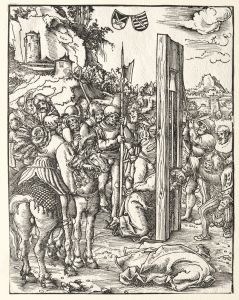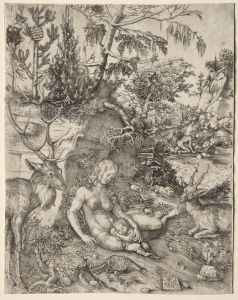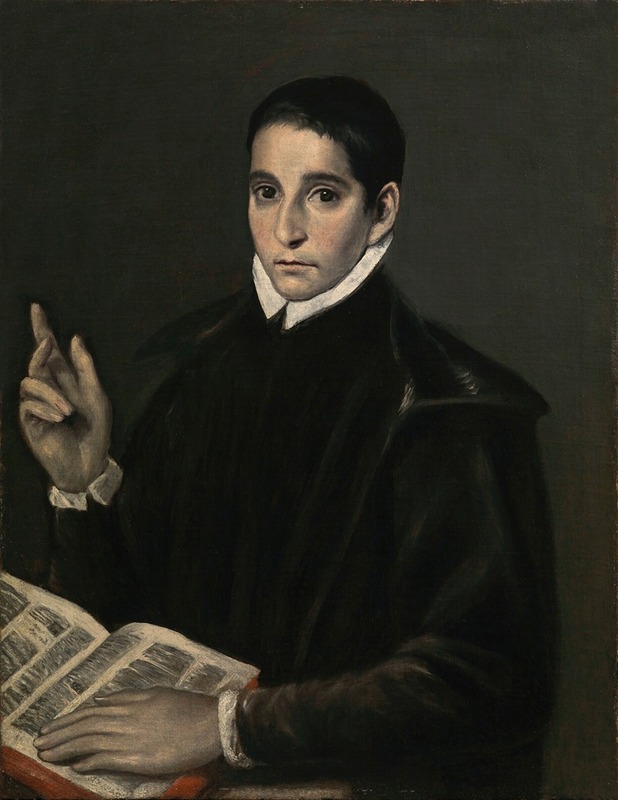
Portrait of a young man, traditionally identified as Saint Aloysius Gonzaga
A hand-painted replica of El Greco (Domenikos Theotokopoulos)’s masterpiece Portrait of a young man, traditionally identified as Saint Aloysius Gonzaga, meticulously crafted by professional artists to capture the true essence of the original. Each piece is created with museum-quality canvas and rare mineral pigments, carefully painted by experienced artists with delicate brushstrokes and rich, layered colors to perfectly recreate the texture of the original artwork. Unlike machine-printed reproductions, this hand-painted version brings the painting to life, infused with the artist’s emotions and skill in every stroke. Whether for personal collection or home decoration, it instantly elevates the artistic atmosphere of any space.
"Portrait of a Young Man, Traditionally Identified as Saint Aloysius Gonzaga" is a painting by the renowned artist El Greco, whose real name was Domenikos Theotokopoulos. El Greco was a prominent painter of the Spanish Renaissance, known for his distinctive style that combined elements of Byzantine tradition with Western painting techniques. His work is characterized by elongated figures, dramatic use of color, and expressive emotion.
This particular painting, "Portrait of a Young Man," is traditionally identified as a depiction of Saint Aloysius Gonzaga, although there is no definitive evidence to confirm this identification. Saint Aloysius Gonzaga was an Italian aristocrat who became a member of the Society of Jesus (Jesuits) and was canonized as a saint in the Catholic Church. He is known for his piety and dedication to the poor and sick, having died at a young age while caring for victims of an epidemic.
The painting itself is a fine example of El Greco's portraiture, showcasing his ability to capture the spiritual essence and inner character of his subjects. The young man in the painting is depicted with an elongated face and delicate features, typical of El Greco's style. The use of light and shadow in the painting highlights the subject's contemplative expression, suggesting a sense of introspection and spiritual depth.
El Greco's choice of color is also noteworthy in this work. The palette is both rich and subdued, with deep blues and earthy tones that lend a sense of solemnity and reverence to the portrait. The background is relatively plain, which serves to focus the viewer's attention on the young man's face and expression.
The painting's composition is balanced and harmonious, with the figure positioned slightly off-center, creating a dynamic yet stable visual effect. This compositional choice is typical of El Greco's work, as he often employed asymmetry to add interest and movement to his paintings.
While the traditional identification of the subject as Saint Aloysius Gonzaga adds a layer of historical and religious significance to the painting, it is important to note that this attribution is not universally accepted. The lack of concrete evidence means that the true identity of the young man remains a subject of scholarly debate.
"Portrait of a Young Man" exemplifies El Greco's unique artistic vision and his ability to convey complex emotional and spiritual themes through portraiture. The painting is a testament to his skill as a painter and his deep understanding of the human condition. Despite the uncertainties surrounding the subject's identity, the work remains an important piece in the study of El Greco's oeuvre and the broader context of Renaissance art.






